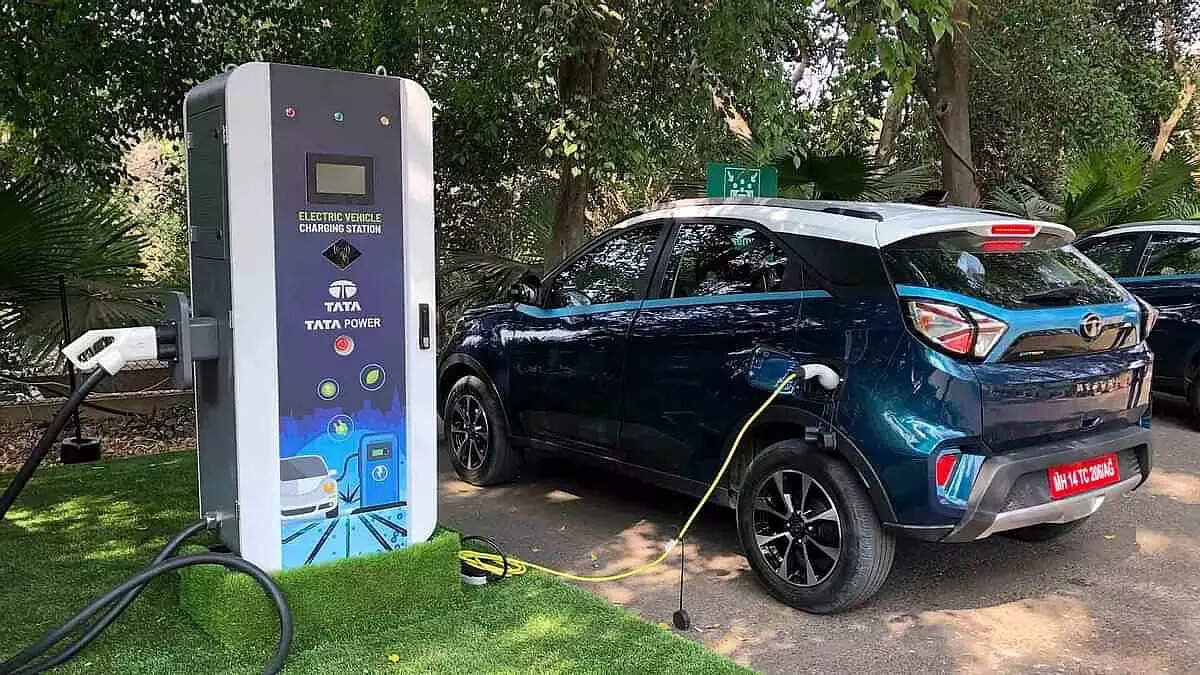
With over 4 lakh electric vehicles expected to hit the Lucknow roads by 2030, at least 7,000 public charging points should come up within next seven years for effective implementation of electric mobility plan in Lucknow, a NITI Aayog report said.
At present, the city has a network of about 45 public charging stations out of which 12 are managed privately. To implement the city electric mobility plan, a team of officials from seven different government departments will have to work in tandem to help the local municipal corporation.
The city has a population of close to 57,000 electric vehicles (EVs) out of which 48,000 are battery powered three-wheelers (e-rickshaws). The numbers of EVs are expected to go up to 94,489 by the end of 2025. By 2030, the population of the vehicles powered by the green fuel shall reach 4.18 lakh.
To implement the city electric mobility plan a team of officials from seven different government departments will have to work in tandem to help the local municipal corporation implement the plan. Urban development, housing, public works department, transport, industries, pollution and power corporations will have to collaborate to create a policy framework to promote the sales of EVs and provide a charging ecosystem.
Principal secretary, Urban Development Department, Amrit Abhijat said that the key points from the report are going to be incorporated by the Lucknow Municipal Corporation and the government is committed to push for increased use of electric vehicles.
As per the estimates prepared by the experts who worked on the report, a savings of INR 90,000 could be achieved on every vehicle in a year that is engaged for garbage collection and disposal in case the LMC decides to make the green switch. Besides deploying EV city buses to ferry the commuters, LMC will also have to ensure that the majority of the commercial vehicles plying on the city roads also run on chargeable batteries.

